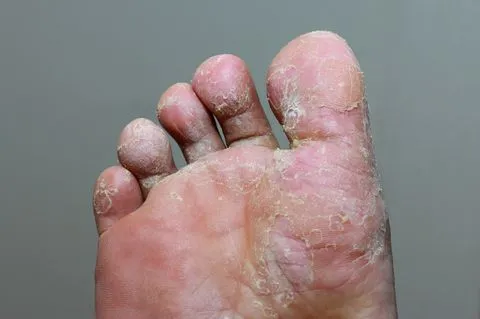
Have you ever experienced itchy, scaly skin between your toes? Or maybe your feet just won’t stop peeling, and you’re not sure why? If so, you’re not alone—what you’re dealing with might be tinea, more commonly known as athlete’s foot. At ModPod Podiatry, we’ve seen it all when it comes to foot issues, and we’re here to help you understand this common (but frustrating!) foot fungus and, more importantly, how you can treat it and prevent it from coming back.
Let’s dive into what tinea is, what causes it, and what you can do to keep your feet feeling great.
What is Tinea?
First off, tinea isn’t something to feel embarrassed about. It’s one of the most common foot conditions out there, especially here in Australia where our active lifestyle often involves communal showers, swimming pools, and wearing enclosed shoes in warm weather.
Tinea pedis, or athlete’s foot, is caused by fungi that love to hang out in warm, damp environments. These fungi feed on keratin, the protein that makes up your skin, nails, and hair. Once they get a foothold (pun intended), they can cause all kinds of unpleasant symptoms.
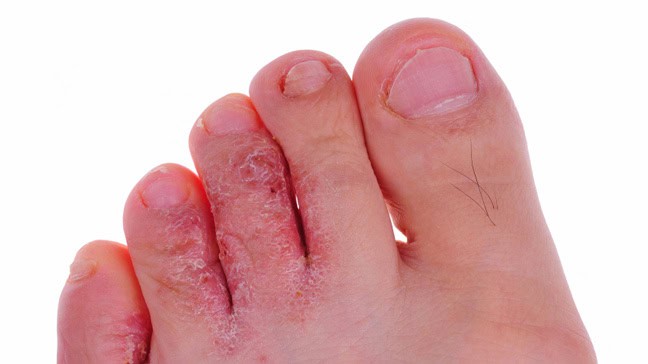
Our Locations: Sydney CBD, Mosman, Rose Bay, Dee Why, Ryde
What Does Athlete's Foot Look & Feel Like?
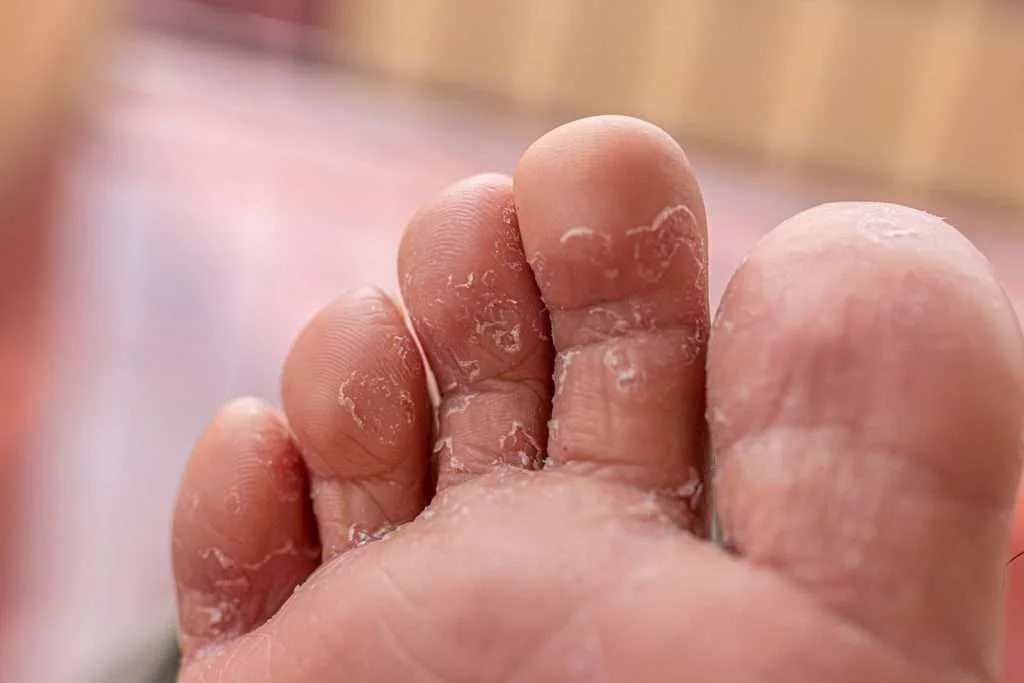
If you’re wondering whether that itchy patch on your foot is athlete’s foot, here’s what to look out for:
- Itchy, flaky skin: Especially between your toes or on the bottoms of your feet.
- Redness or inflammation: Your skin might look irritated or feel sore.
- Cracked, peeling skin: Often between the toes, this can sometimes be mistaken for dry skin.
- Blisters or sores: In more severe cases, small blisters may form.
- Unpleasant smell: Fungal infections can cause a noticeable odour.
Sound familiar? If you’ve noticed any of these signs, it’s time to take action.
Can You Prevent Athlete's Foot?
The good news is that a few simple changes can make a big difference in keeping tinea away. Here are some tips you can start using today:
- Wash and dry your feet properly: Take the time to clean your feet daily with soap, and make sure you dry them thoroughly—especially between your toes. Fungi love moisture!
- Wear breathable shoes: Choose shoes that allow your feet to breathe, like ones made from leather or mesh.
- Change your socks daily: If your feet sweat a lot, consider moisture-wicking socks and change them whenever they feel damp.
- Use thongs in public places: Whether it’s at the gym shower or the pool, wearing thongs can help protect your feet from picking up fungus.
- Disinfect your shoes: A quick spray with an antifungal product can stop fungi from hanging around in your footwear.
- Avoid sharing personal items: Towels, socks, and shoes are yours alone—sharing them can spread the infection.
By building these habits into your routine, you’ll reduce the chances of tinea becoming a problem for you.
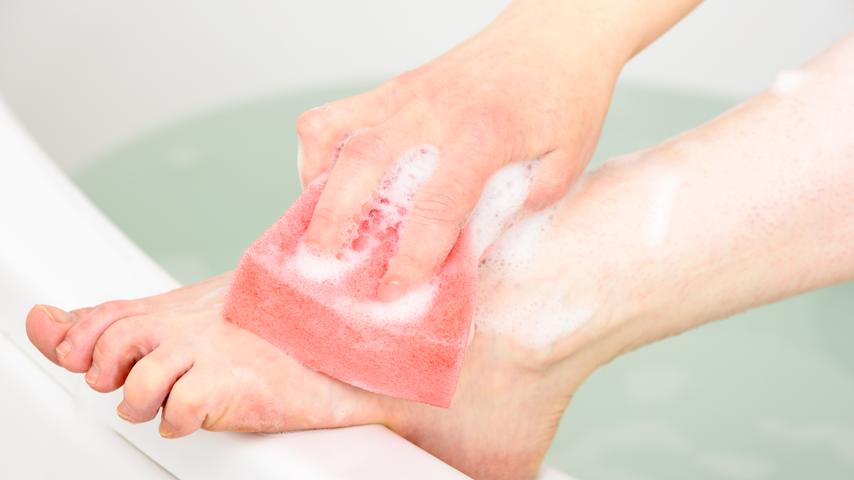
What If You Already Have Athlete's Foot?
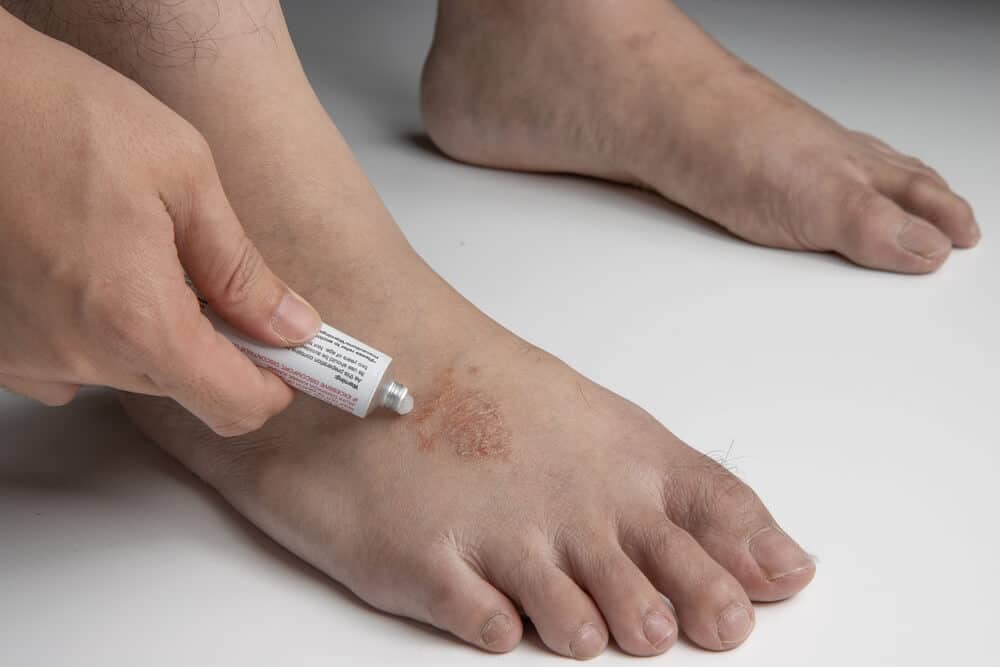
First off, don’t panic—athlete’s foot is treatable! Most mild cases can be handled with over-the-counter antifungal creams, sprays, or powders. These treatments are easy to use and often work quickly, but there’s a catch: you need to keep using them for the full course (even if your symptoms improve early) to make sure the fungus is completely gone.
For more severe or stubborn cases, it might be time to see a podiatrist. At ModPod Podiatry, we can assess your condition and recommend treatments tailored to your needs. In some cases, oral antifungal medications might be necessary to knock out the infection.
Why You Shouldn't Ignore Tinea
Here’s the thing—leaving tinea untreated can lead to bigger problems. The fungus can spread to other areas, like your hands (tinea manuum) or groin (tinea cruris). It can also infect your toenails, which is much harder to treat and can take months to resolve.
Even worse, the cracked skin caused by athlete’s foot can let bacteria in, leading to secondary infections. This is especially concerning if you have diabetes or any condition that affects your immune system.
If your athlete’s foot isn’t clearing up with over-the-counter treatments or it keeps coming back, don’t wait—let us help you take care of it before it causes more trouble.
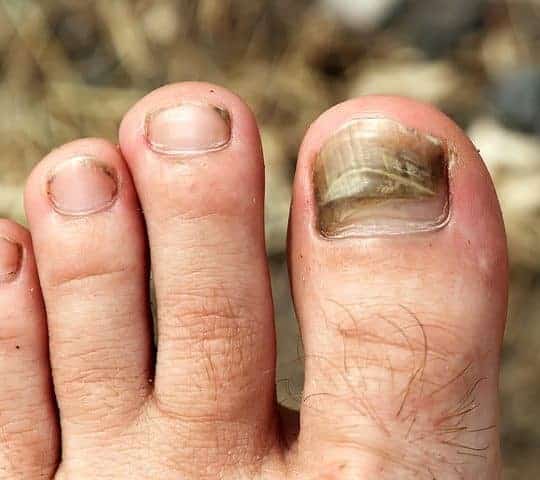
When To Come & See Us
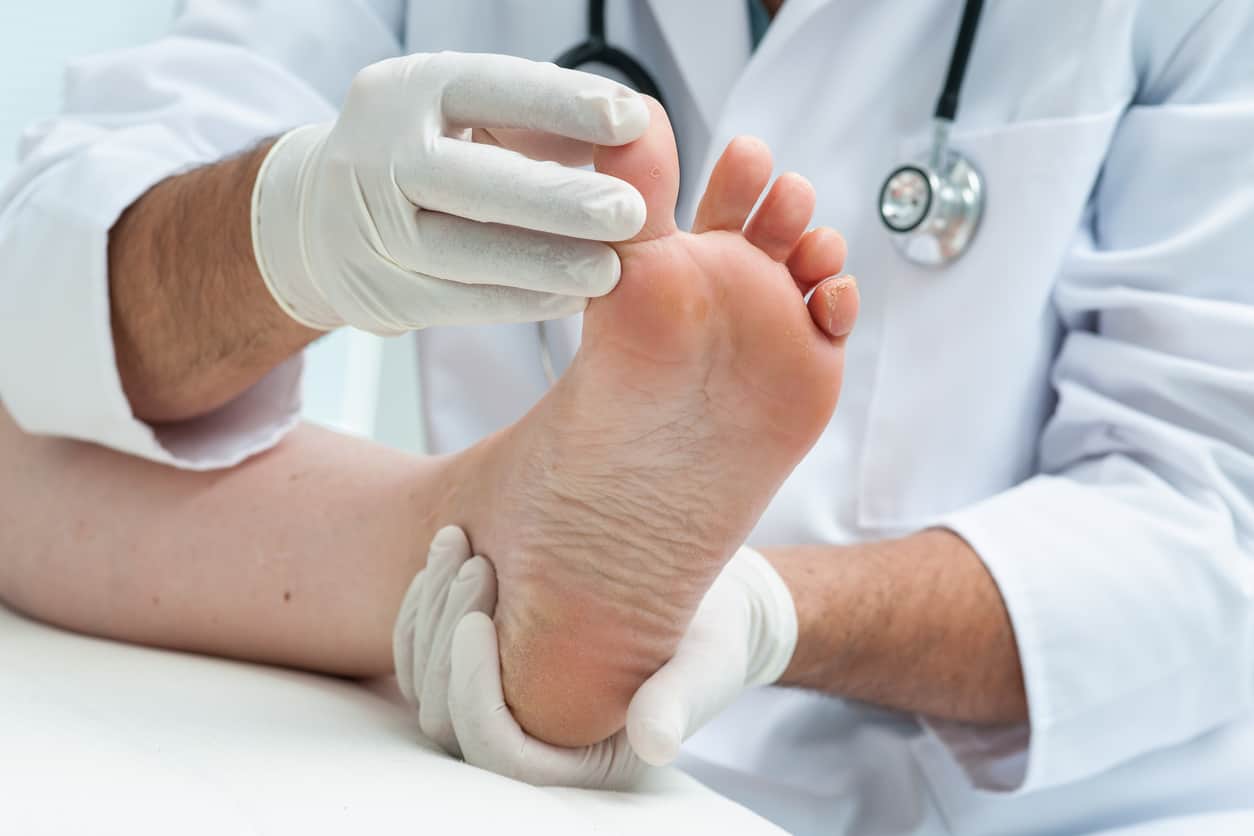
You don’t have to deal with tinea on your own. If you’ve tried creams and sprays and nothing seems to work, or if the infection is spreading or causing pain, it’s time to book an appointment with us. We’ll take a close look at what’s going on and create a personalised plan to get your feet back to their best.
We’re here to help if:
- Your athlete’s foot hasn’t improved after two weeks of treatment.
- You have blisters, swelling, or open sores.
- The infection spreads to your nails, hands, or elsewhere.
- You have a pre-existing condition like diabetes that makes foot infections riskier.







